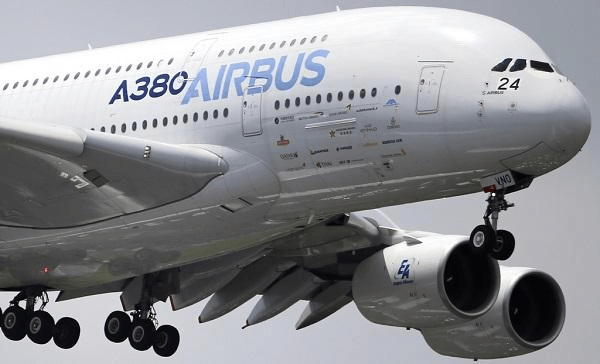Interested in 3D printers but don’t know which one to buy? If you’re looking for a worthy machine, visit Top 3D Shop and check out our 3D printer reviews, we’ll help you choose the machine you need!

The European aerospace concern Airbus has distinguished itself with a new patent for the application of additive technologies in the production of aircraft. This time, the company is no longer aiming at signs and brackets, but at large-scale 3D printing of supporting structures.
The process uses selective laser sintering (SLS) or similar additive technologies to apply additional layers of titanium or aluminum to the aircraft's structural structure. As the deposits cool, artificial zones of reverse mechanical stress will be created, formed due to the difference in the coefficients of thermal expansion of the materials used. Thus, part of the loads experienced by the supporting structure during flight will be compensated and the strength of the structure as a whole will increase.
Mechanical deformations, especially the bending of the wings, are clearly visible during the flight of almost any liner. Similar changes occurring during the refueling and loading of the aircraft are typical for the fuselage, although they are less noticeable to the eye. To some extent, this is due to the need for a relatively flexible structure that can absorb sudden loads in turbulent layers without destroying the load-bearing elements and / or discomfort for passengers, but the same flexibility leads to undesirable shape changes that reduce the aerodynamic characteristics of the aircraft. It is to ensure "travel" and reduce mechanical fatigue in certain structural elements of liners that rivets continue to be used instead of welding.
Airbus is considering the possibility of artificially bending the structure in the opposite direction so that during loading and during flight, some of the stress is relieved by the 3D printed reinforcement. In theory, the entire supporting structure could be made of 3D printed parts, although the practical side of the issue is not yet fully clear due to a lack of information about the ability of 3D printed parts to withstand fatigue.
In practice, this manufacturing method can lead to an increase in the safety factor while significantly lightening the structure as a whole. The result will be not only increased payload, but also fuel savings due to maintaining optimal aerodynamic shapes. Additional benefits can be achieved by applying the principles of bionics already used by Airbus in non-critical components. An example is the openwork 3D printed partitions between the passenger compartment and work compartments, which Airbus plans to massively implement on its airliners. Savings of 30 kg are achieved through the use of 3D printed partitions. And that's just one component.
In the domestic market, unfortunately, rooted traditionalism prevails. So far, the only significant example of the application of 3D printing in the production of finished aircraft parts is the swirlers made by the All-Russian Research Institute of Aviation Materials (VIAM) for PD-14 engines, authored by the Perm OAO Aviadvigatel. Prototypes of PD-14 are undergoing flight tests onboard the flying laboratory, and will be installed on promising MS-21 airliners.
Airbus, meanwhile, is promoting one additive solution after another: interior trim, titanium brackets for the wing structure, engines with 3D-printed nozzles, and now printed fuselages and wings. Whether the new idea of the European aircraft manufacturer will take off is not yet clear, although it is highly likely to find limited use in the manufacture of elements such as load-bearing panels of cargo compartments.